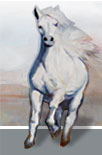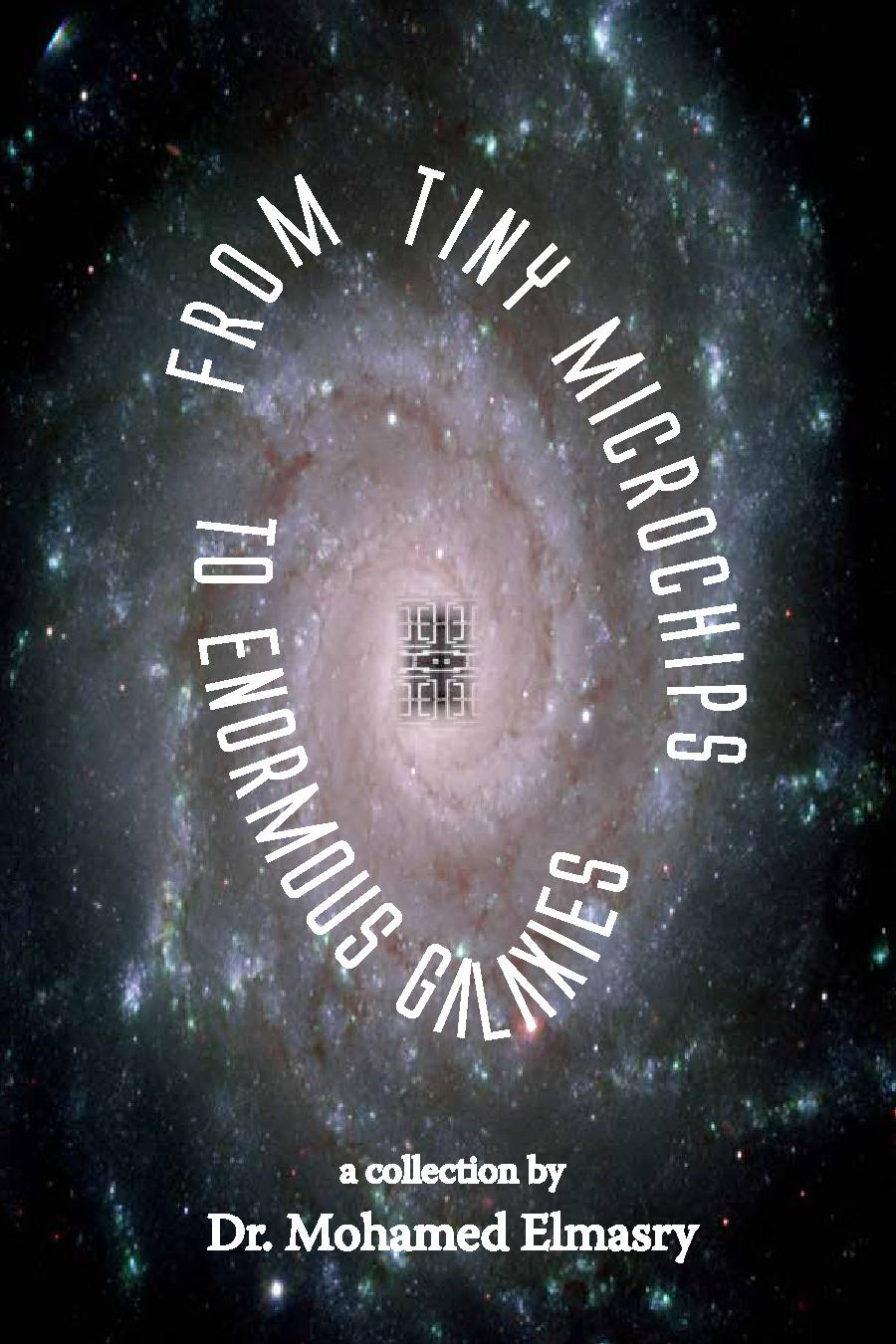March 25, 2013
On great photographs and their impact - An analyses
Dr. Lawrence Davidson
More by this author...Part I - Emotionally Moving Pictures
When many of us see the anguish we have caused an “enemy” we feel not compassion or regret but annoyance. The reaction is “why are you showing me that? Don’t you know it is their (the other’s) own behavior that made us hurt them? It is their own fault.” That we react this way to the horrors we are capable of causing, is a sure sign that those same actions have dehumanized us.
Part II - The Pictures in Question
-- On 15 February 2013, The World Press Photo of the Year 2012 (pasted above) was made public. The winning image (selected from 103,481 photos submitted by 5,666 photographers from 124 countries) was taken by Swedish photojournalist Paul Hansen, working for the daily newspaper Dagens Nyheter.
The photo depicts a funeral procession in the narrow streets of Gaza. Two men, visibly expressing the emotions of anguish and anger, are leading the procession. They are carrying the bodies of two-year old Sahaib Hijazi and her four-year old brother Muhammad. Both children are wrapped in white shrouds. Both were killed when their house was hit by an Israeli missile strike on 20 November 2012.
In making the announcement of the winning image, Santiago Lyon, vice president and director of photography for The Associated Press, said “a picture should engage the head, the heart and the stomach....This picture for us on the jury reached us on these three levels.” Winning the prize with such a photo brought mixed emotions to Hansen, “I was very happy on one level, of course....And, I was also very sad. It was a very sad situation.
-- On 15 November 2012, five days before Hansen’s photo was taken, another photograph showed up on the front page of the Washington Post. This image showed Jihad Masharawi, a Palestinian journalist resident in Gaza, in deep anguish as he holds the body of his dead 11 month-old son killed when an Israeli bomb landed on their home. Mary Ann Golon, the Post’s director of Photography, explained, “when we looked at the selection that night of Middle East photos from the wire services, this photo got everyone in the gut...it went straight to the heart, this sobbing man who just lost his baby son.” It should also have spoken to the head, but for some of the Post’s readers, that was not the case.
The fact that this image found its way onto the front page of the Washington Post meant that it was noticed by many more Americans than the Hansen photo. As a consequence Zionist readers and organizations wrote to the paper’s ombudsman and the editors, “protesting the photo as biased.” What they meant was that the Post should have somehow made it clear that the Palestinians had “made the Israelis do this” by periodically launching their small rockets into southern Israel. In other words, they wanted to know why the paper had not “balanced the photo of the grieving [Palestinian] father with one of Israelis who had lost a loved one from Gaza rocket fire.” The answer was that, as of that date, there were no such victims in this round of fighting. “No Israeli had been killed by Gaza rocket fire since Oct. 29, 2011, more than a year earlier.”
The Post readers who complained were obviously ignorant of this fact. It is probably the case that the Washington Post itself had done nothing to enlighten them about the asymmetric nature of Israeli-Palestinian violence. However, even if the protesting readers were aware of this factor, it might have made little difference. The grieving man was a Palestinian and, in the eyes of the staunch supporters of Israel, that made him responsible for his own grief. His enemy status delegitimized his emotions and thereby undercut the legitimacy of the photograph.
-- As soon as the Washington Post image appeared, the Israeli military started posting images of wounded Israelis, particularly children. One emotionally moving photo of a wounded baby also ended up on Prime Minister Netanyahu’s official Twitter account.
Thus began a sort of contest of emotionally moving pictures. Which ones would be seen and move the largest audience?
By virtue of their superior firepower and readiness to use it the Israelis could not win this contest. They simply were out there killing and maiming more people than the Palestinians ever could. Thus it would be Palestinian suffering that was bound to provide the most newsworthy pictures. This asymmetry was compounded by an apparent need, on the part of some Israelis, to advertise their willingness to be brutal. And so, Israeli images that were at once threatening and disturbing were posted on the internet.
-- For instance, on 15 February 2013 an image was posted on Instagram, an image sharing website, by an Israeli soldier, Mir Ostrovski, who apparently belongs to a “sniper unit.” It shows the head and back of a Palestinian boy in the cross-hairs of a rifle. One assumes it is Ostrovski’s rifle. The photo was commented upon by the organization Breaking Silence, which represents Israeli veterans critical of their government’s policies toward the Palestinians. “This is what the occupation looks like,” the group wrote, "[such] pictures are testaments to the abuse of power rooted in the military control of another people.”
We can be pretty sure that was not Ostrovski take on the situation. The head in the crosshairs, despite its young age, was just an enemy.
Part III - Conclusion
As a result the Zionist readers of the Washington Post cry foul and speak of “bias.” It would be better if they stopped complaining and tried to look at those images with an “unbiased” mind.
Perhaps it would help them do so, if they considered the words of Shylock in The Merchant of Venice and their application to the Palestinian frame of mind.
If you prick us, do we not bleed?...if you poison
us, do we not die? And if you wrong us, shall we not
revenge? If we are like you in the rest, we will
resemble you in that....The villainy you
teach me, I will execute, and it shall go hard but I
will better the instruction.
The Israelis and their supporters should look long and hard at those images that depict the consequences of their own actions. They should think long and hard on the fact that they pay for that action in kind. For it is primarily they, the stronger party, who must overcome the barriers to compassion and regret.







